History and virtues of the turquoise according to the Native Americans
Venetian merchants were the first to introduce and sell turquoise in Europe in the 17th century. At that time the stone took its name from the French "turquois" meaning "stone of Turkey". The Europeans named it this way thinking that turquoise were originally from Turkey. However, turquoise is found on two continents, Asia and America. Native American turquoise was discovered much earlier, in the United States. From the year 200 B.C. by the Hohokam and Anasazi tribes, whose territories today correspond to Arizona and New Mexico, used them. For more information, discover our new products and follow our adventures.
How turquoises have been discovered?
A people of Native American farmers, established in New Mexico on the banks of the Rio Grande, were the very first to discover Native American turquoise stone. A few years later, in the year 1500, the Spaniards arrived on Native American lands. They were followed by missionaries and Anglo-Americans. All of them mixed with the Amerindians and discovered the beauty of Amerindian turquoise. They immediately saw the potential of this stone, which quickly became an object of great value, especially in trade and commerce. Long before the famous California gold rush, there was a very different rush: the turquoise trail. This is the mythical route that miners used to take in search of this blue stone, stretching from Albuquerque to Santa Fe.
 |
How turquoises are extracted?
Turquoise is one of the very first stones that man extracted from the ground. Turquoise mines were present in 6 states in the southwestern United States: Nevada, California, Utah, Colorado, Arizona and New Mexico. Many mines are now closed because they no longer have turquoise to extract. Most of the stone deposits were then only 30 meters below the surface. Early miners used pickaxes and did not have the technology to dig deeper. As a result, they found lower quality stone because it was too close to the surface. The larger and better quality Native American turquoise stones are better anchored in the ground.
They require much more modern means of extraction since they are located in a hard rock, granite. While formers miners used wooden tools, today's miners are modernly equipped: Steel shovels, jackhammers and excavators make it possible to dig deeper and deeper into the ground. The desire to find Native American turquoise stones drives them to dig deeper and deeper into the ground. It is also possible to find turquoise deposits on the southern slopes of the mountains in winter. During this period, the southern slopes receive much more sunshine. The snow and sun mix and the water rushes down to form a spring below. Knowledgeable stone seekers know that by following this flow they have a good chance of finding a deposit of Native American turquoise stones.
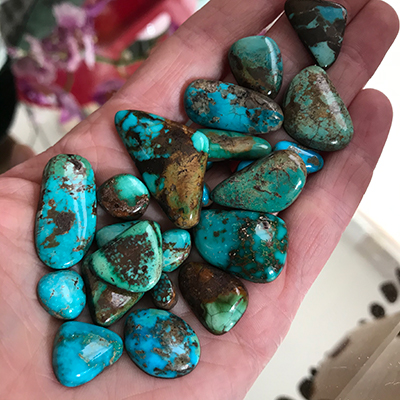

What are the turquoise's virtues according to the Native Americans?
Turquoise, also known as the "stone of life" has a special significance in Native American culture. Many tribes believe that this stone is "alive" because it has the ability to change color according to its environment. In the Native American beliefs there is the fact that the Earth lives and that everything that emanates from it is therefore very precious. According to them, the Native American turquoise has incredible powers and would be a piece of the sky sent to Earth by the gods. It was used in most ceremonies and prayers as well as in medicine. Some people also believed that it was possible to influence the weather with this stone.
The Navajo people, whose territory now stretches from New Mexico to Arizona, used turquoise in their ceremonies. They would dip the stone into a river to bring rain. For the Apaches, it was used for protection during wars, battles or even hunting. According to them, the stone combined the powers of the sky and the sea. It brought courage and luck to warriors, hunters and all the tribe members.
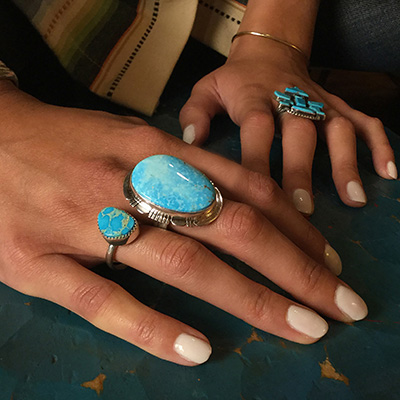

 Rings
Rings Bracelets
Bracelets Necklaces
Necklaces Earrings
Earrings Pendants
Pendants Buckles
Buckles Belts
Belts Fetishes
Fetishes Bolo ties
Bolo ties Stunning Pieces
Stunning Pieces Moccasins
Moccasins Miscellaneous
Miscellaneous Decorations
Decorations
